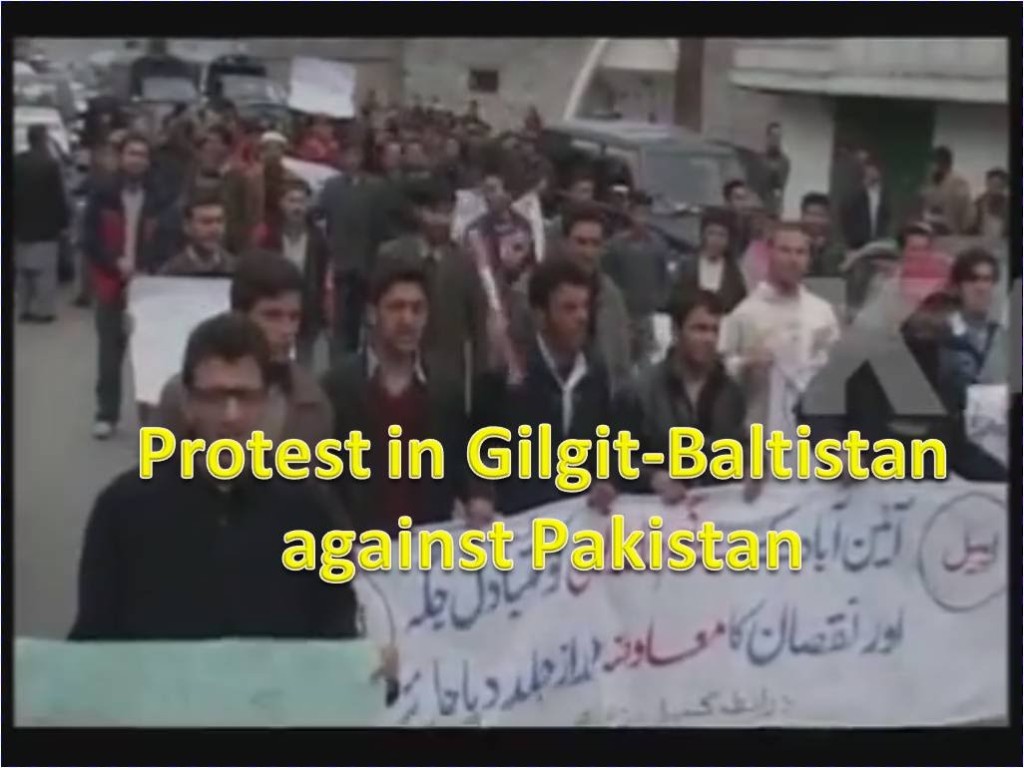
A peek into the past:
In 1947, Kashmir was in a perilous situation. It bordered both India and Pakistan and had a Hindu Dogra King, ruling over a vast muslim majority territory. The King’s rule was not popular amongst the masses, and in an era of national awakening, there were periodic revolts against his rule. By the spring of 1947, a revolt against the Maharaja’s rule had begun in Poonch, an area that belonged to the Jammu region that bordered Punjab which was at the epicenter of India-Pakistan partition. The western part of Jammu was dominated by Muslims who wished to be a part of Pakistan unlike their Eastern Hindu/Sikh neighbours that wanted to be united with India. The context of partition, communal disharmony and the Maharaja’s regressive regime provided the spark that set Poonch ablaze. Hari Singh, then promptly dispatched his army to subdue the region. But the destruction wreaked by the Dogra army further fanned the rebellion. What also helped the rebels was that many of them were ex-Indian army soldiers who had returned post demobilization at the end of World War II. By October 1947, the western belt of Jammu, corresponding to the towns of Poonch, Mirpur and Muzaffarabad had effectively declared a provisional Azad government. During this time, Hari Singh, vacillated between acceding to India or Pakistan. Deep Inside, he still wanted to be the ruler of an independent country.
By October 1947, reports started trickling in that Pashtoon tribesmen, supported by Pak army had infiltrated the princely state. The tribesmen made rapid progress, taking Muzaffarabad, Mirpur, the whole of Gilgit Baltistan and at one time seemed poised to take Srinagar. Threatened with the invasion Hari Singh signed the instrument of accession and ceded the entire princely state to India. Soon thereafter, Indian army landed in Srinagar and began a counter offensive to rid the state of the invaders. Protracted fighting that eventually culminated in a cease fire divided the former princely state between India and Pakistan. The line of control, then known as the ceasefire line, has survived two more wars and countless conflagrations more or less till date.
Troubled Past, Present tense, Future bleak:
Unlike India that moved to make Kashmir an Indian state with special powers, Pakistan proclaimed the part of J&K under its occupation as Azad Kashmir. At the same time, it de-linked Gilgit Baltistan from Azad Kashmir and administered it as an internal colony. For 60 years, Gilgit Baltistan, known then as Northern Areas enjoyed no constitutional protection in Pakistan and was governed directly from Islamabad. In fact, only in 2009, was Gilgit Baltistan legislature set in place and constitutional provisions on judiciary, executive etc. brought in force. However, the territory continues to be outside Pakistan’s constitutional set up. In fact, Pakistan has consistently refused to incorporate the territory as it would prejudice its position in the Kashmir dispute. Demographically, Gilgit Baltistan is a non-Sunni majority area in an otherwise Sunni dominated Pakistan. In 1974, Pakistan had abolished the State Subject rule in Gilgit Baltistan resulting in demographic changes to the territory (contrast this with the limited residence and property rights enjoyed by ‘outsiders’ in J&K).It comes in the news periodically only when there are Shia-Sunni clashes in the area or when there are cases of firing by Pak Army to quell anti-government demonstrations.
The status of Azad Kashmir in Pakistan is even trickier.While the territory is considered self-governing, in reality it is completely under Islamabad’s thumb. Politicians in the territory typically spend more time in Islamabad than in their home state. There are severe restrictions on freedoms and human rights are severely curtailed. Even if one so much as applies for a job one has to sign an affidavit saying one believes in the ideology of “Kashmir banega Pakistan” (Kashmir will become Pakistan).Over a period of time, Azad Kashmir has been reduced to being a launching pad for terrorists wanting to infiltrate into India. Locals, in fact are harassed for not joining the “Jihad” against India. Even candidates wanting to stand for elections need to certify that they support integration of Kashmir into Pakistan. And even though there is a legislature and there are posts of President and Prime Minister, the reality is that everything is controlled by Pak military and any dissent is trampled (contrast this again with the stone pelting Kashmiri youth in India)
It is therefore no surprise that Pakistani occupied Kashmir has erupted in protests. The region has been simmering for a while now and unlike India, where the improvement in political climate in the last 15 years has resulted in improvement in ground realities, PoK continues to reel under misrule, lack of development, abject poverty and absence of political autonomy. All these factors make it the perfect tinderbox. Will these protests lead to a tectonic shift as far as the Kashmir issue is concerned, only time will tell.
